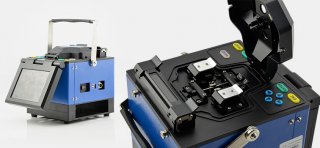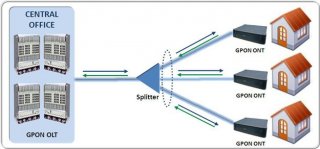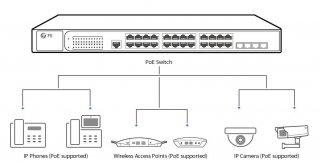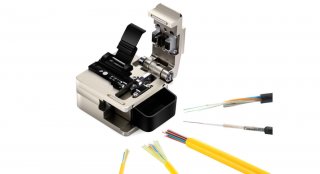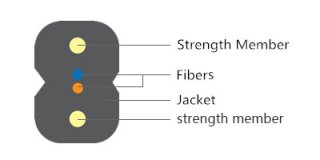- Description
- Reviews
- FAQs
Sorting through cables and connectivity options could be a frustrating exercise. It’s hard enough working through the categories and levels of copper networking cables, where most cables end with similar connector. What happens when you start looking at fiber cables This is where things can definitely get confusing! This article tells you how to select the right kind of fiber cables.
Let’s move on off by saying that fiber optic cables can be used in a huge variety of applications, from small office LANs, to data centers, to inter-continental communication links. The information lines that connect between North America and Europe, for example, are constructed with fiber optic cable strung underneath the ocean. Our discussion in this article will focus mainly on the kinds of cables present in those small-scale networks closer to home, and in particular to pre-terminated cables which may be designed for installation, called “patch cords”, “pre-terms”, or any other similar nicknames like fiber patch cables. Prior to you buying, you should make clear the following parameters.
Multimode and Single mode
One of the first things to determine when selecting fiber optic cables is the “mode” of fiber that you’ll require. The mode of a fiber cable describes how light beams travel within the fiber cables themselves. It’s important because the two modes aren’t compatible with each other, which means that you can’t substitute one for that other.
There’s really not much variety with single mode patch cords, but there’s for multimode. You will find varieties described as OM1, OM2, OM3 and OM4 (OM means the “optical mode”). Basically, these varieties have different capabilities around speed, bandwidth, and distance, and the right type to make use of will be based mostly upon the hardware that is being used with them, and any other fiber the patch cords will be connecting to.
Fiber Optic Cable Jackets
Pre-term fiber can be used in a variety of installation environments, and as a result, may need different jacket materials. The standard jacket type is called OFNR, which means “Optical Fiber Non-conductive Riser”. This can be a long-winded way of saying, there’s no metal in it, so it won’t conduct stray electrical current, and it can be installed in a riser application (going in one floor up to the next, for instance). Patch cords are also available with OFNP, or plenum jackets, which are ideal for use in plenum environments for example drop-ceilings or raised floors. Many data centers and server rooms have requirements for plenum-rated cables, and also the local fire codes will invariably have the final say in what jacket type is required. The ultimate choice for jacket type is LSZH, which means “Low Smoke Zero Halogen”, that is a jacket produced from special compounds that provide off very little smoke with no toxic halogenic compounds when burned. Again, seek advice from the neighborhood fire code authority to be certain of the requirements from the installation before making the jacket selection.
Simplex and Duplex
Simplex and duplex have only the difference between one fiber or two, and between one connector at each end of the cable, or two connectors each and every end. Duplex patch cords are the most common type, because the method in which most fiber electronics work is they need two fibers to speak. One is used to transmit data signals, and the other receives them. However, sometimes, just one fiber is required, so simplex patch cords may be essential for certain applications. If you aren’t sure, you can always be on the safe side by ordering duplex patch cords, and just one of these two fibers.
Fiber Optic Cable Connectors
No matter what level of twisted pair you were coping with (Cat 5, 5e, etc), you always knew you would be dealing with an 8-position modular RJ-45 plug around the end from the cable. Well, with fiber patch cords, there is a few possibilities when it comes to connectors. The common connector types are FC, LC, SC, ST and MTRJ etc..
These are the most typical selections that you will find when choosing amongst patch cords. If you’re able to determine which of these characteristics you need, it is highly likely you will make the right choice when custom fiber optic cables with suitable parameters
- Customers Reviews
* Delivery Time.
We need 1-2 days to process your order before shipping. There are two shipping methoed.
Fast Delivery: The delivery time for US, European countries the delivery will take 3-5 days.
Slow Delivery: The delivery time for US, European countries the delivery will take 7-15 days.
* Tracking information.
After we ship package, customer receive automatic email with tracking details.
* Lost Package Policy.
If a package did not arrive in 2 weeks after the shipping date, then this package is treated as Lost. In this case a new package will be shipped to the customer provided we are able to give the same items as those purchased by the customer. If we are not able to provide the same items to substitute the lost ones we will either propose to the customer similar items or refund their cost as it will be mutually agree with the customer. If one or more items neither the same nor similar are available to be shipped, the customer can request to cancel the order entirely, thus the total cost of the order including shipping and handling cost will be fully refunded.












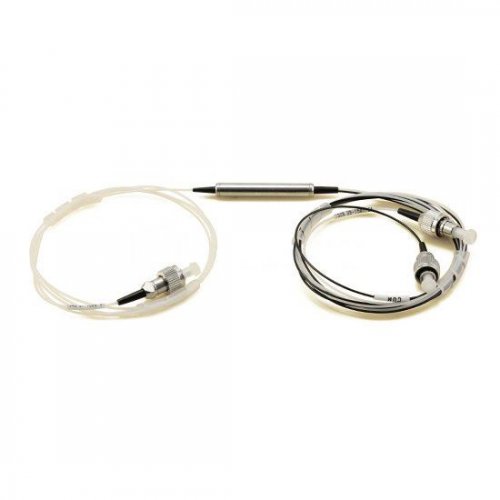
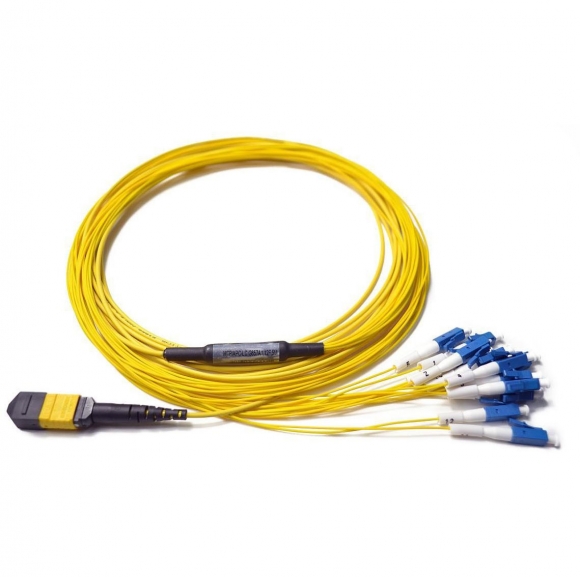
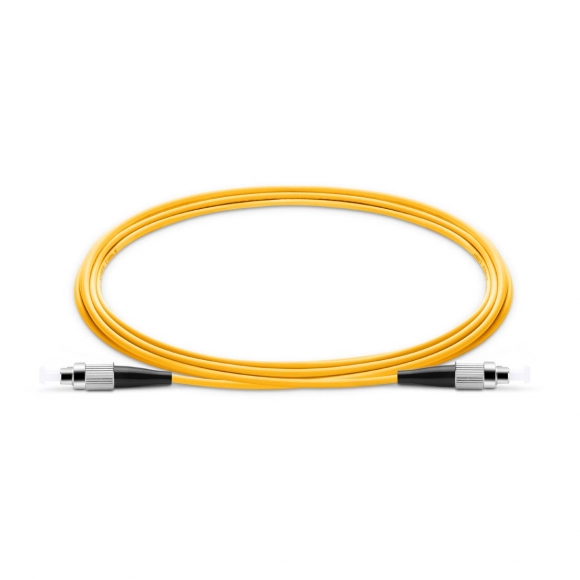


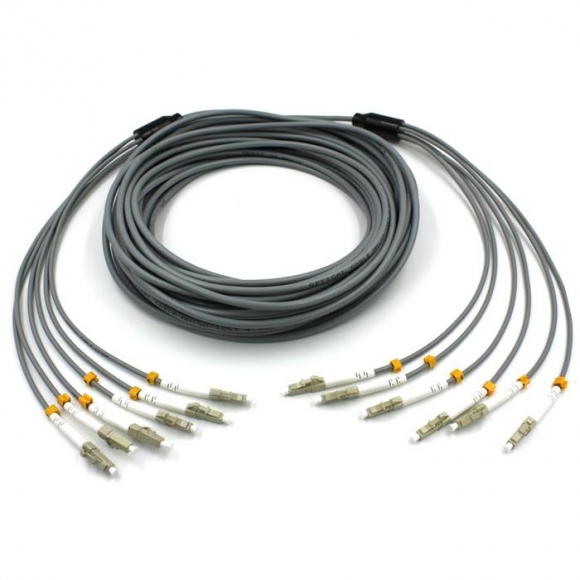
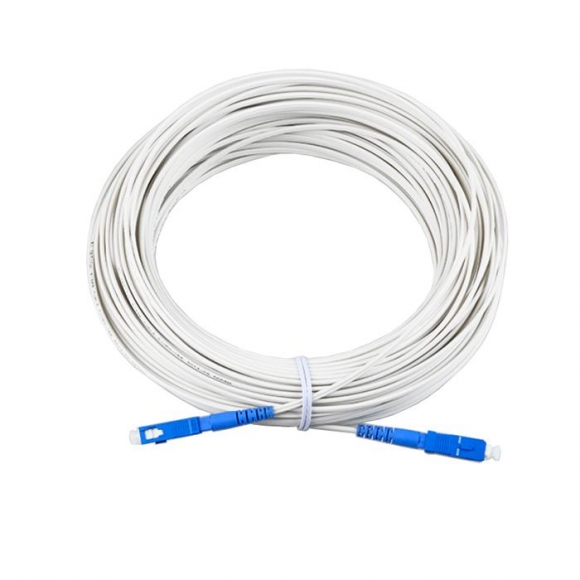
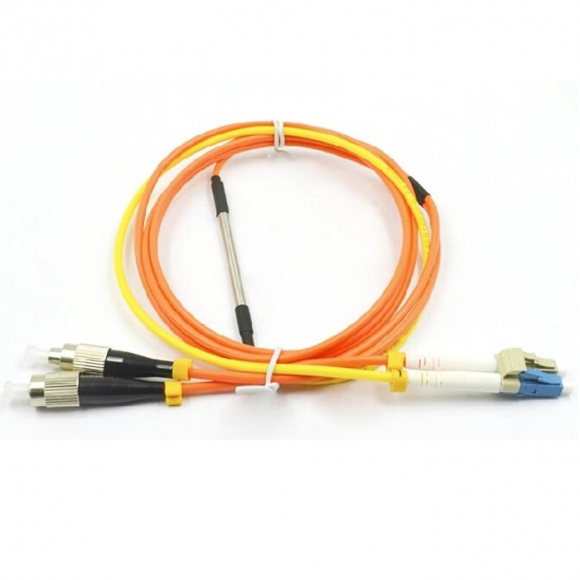


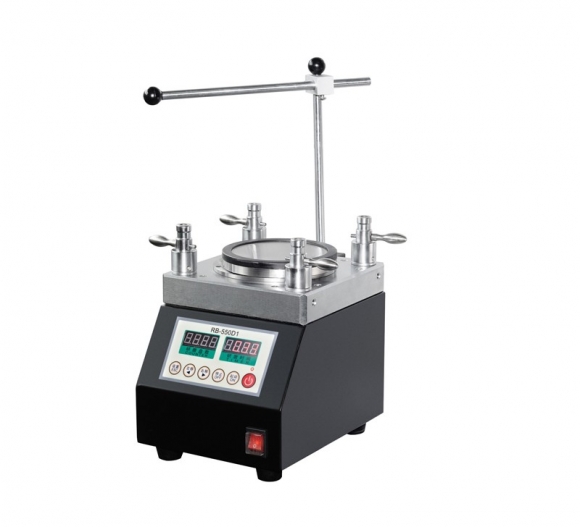


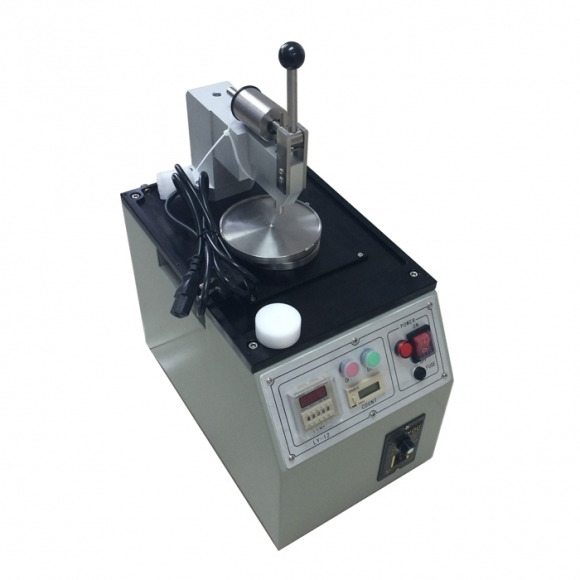

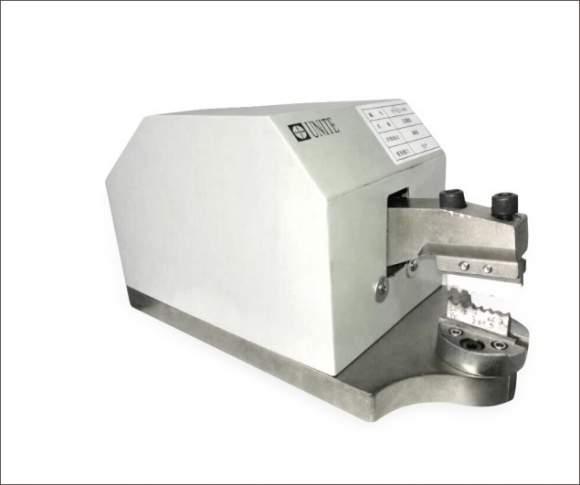
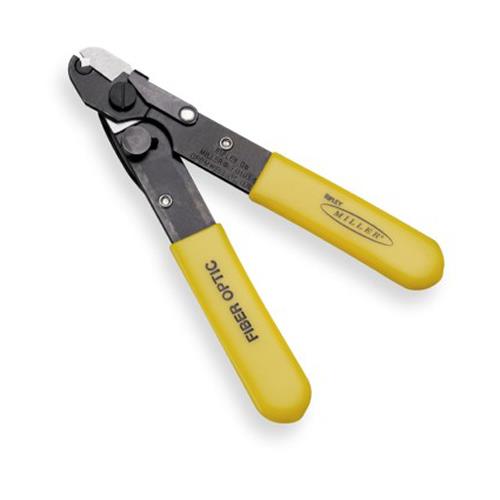
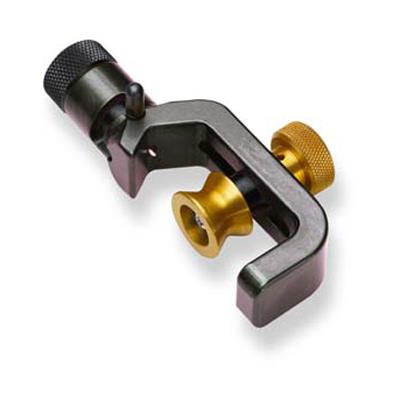
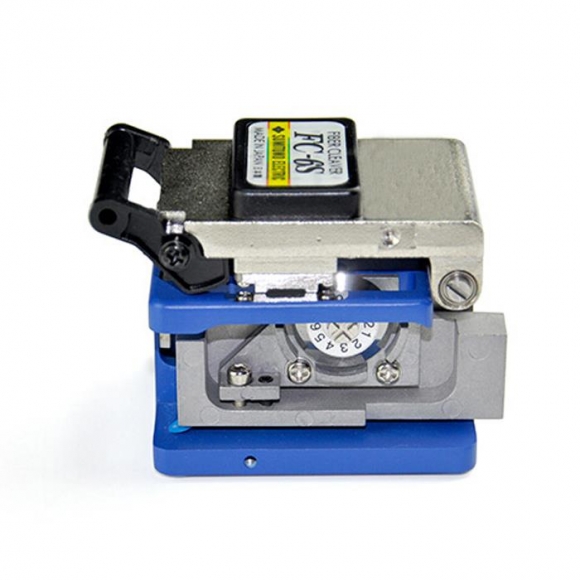
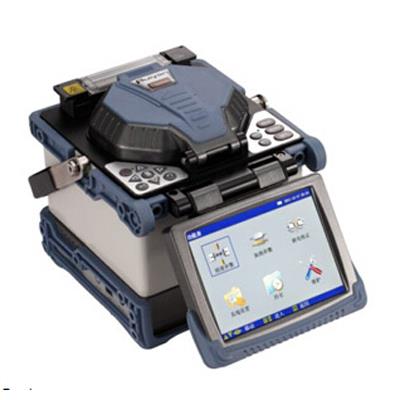

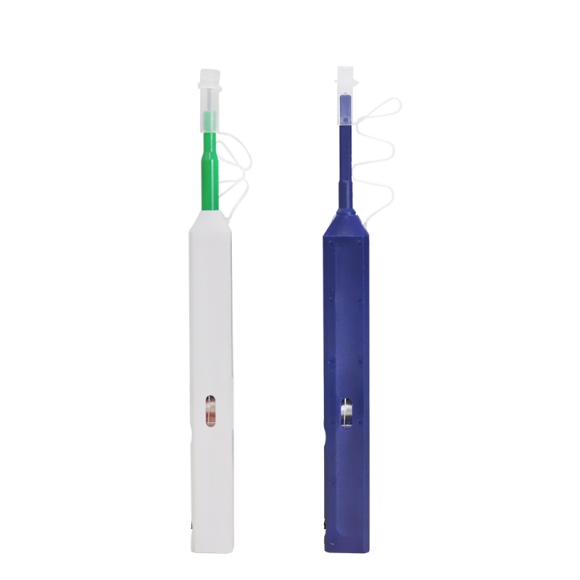

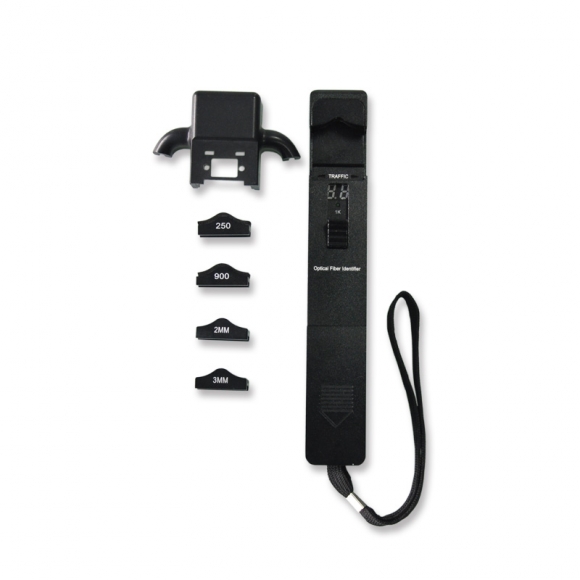
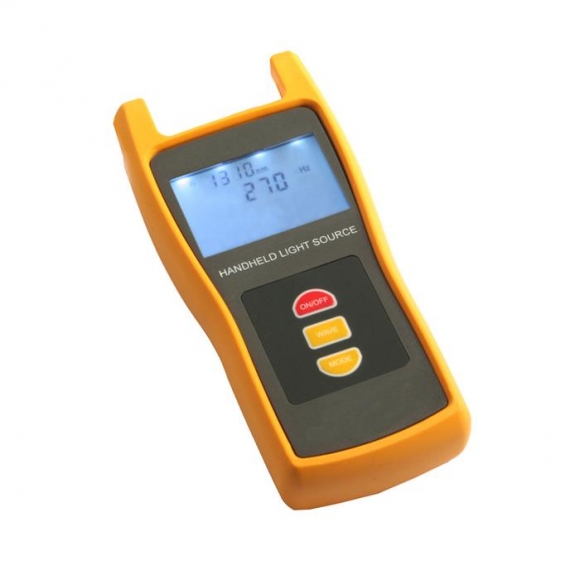

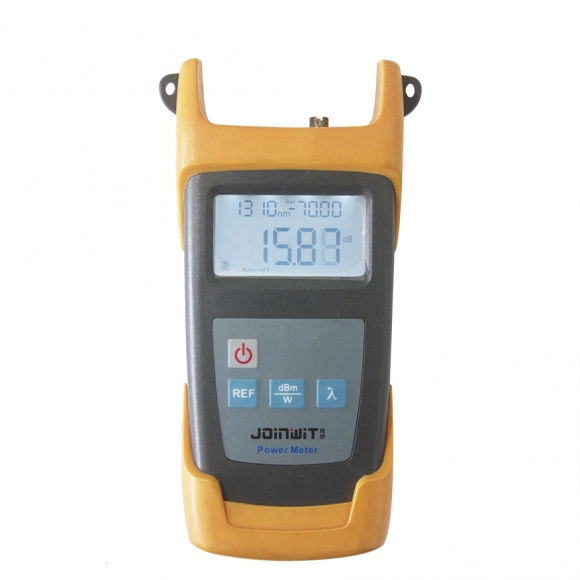
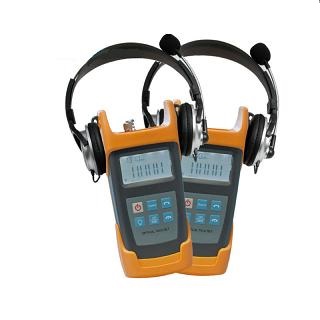
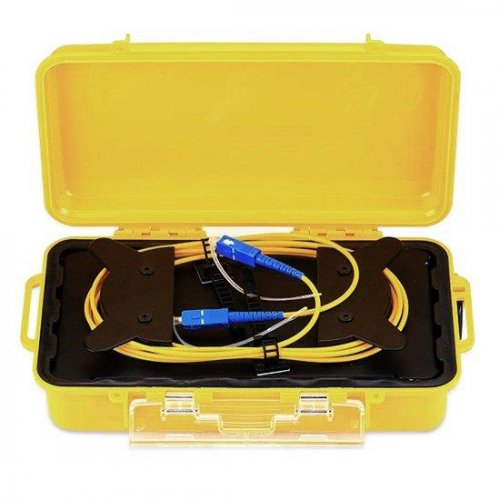
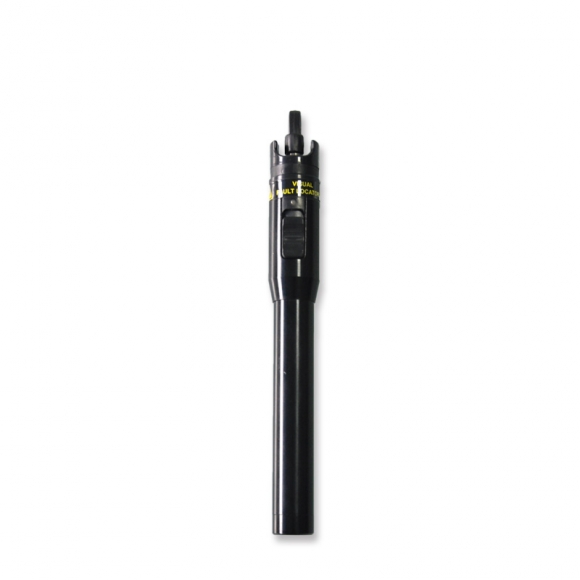


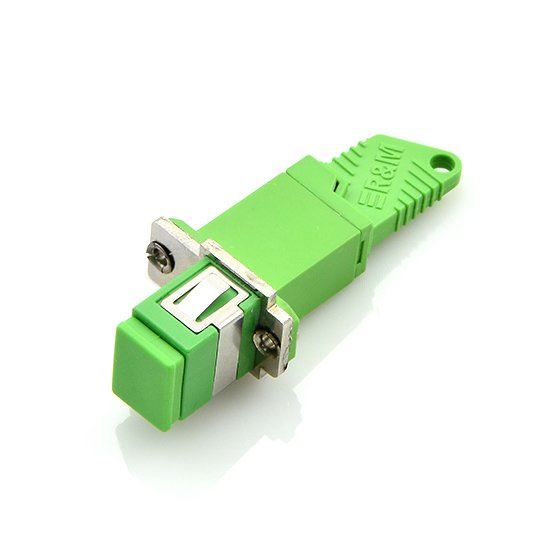
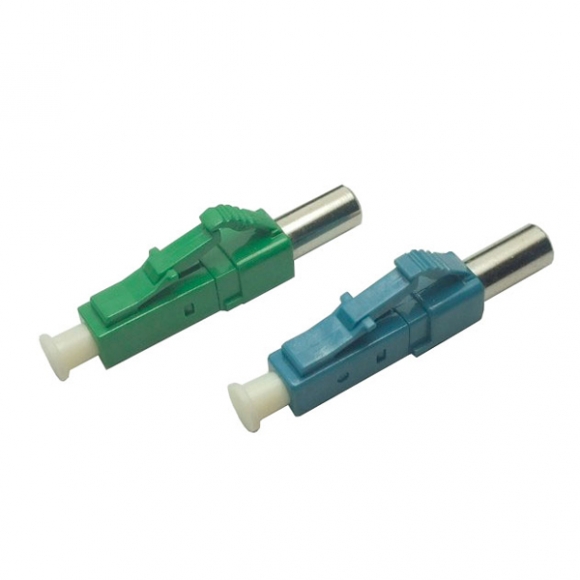
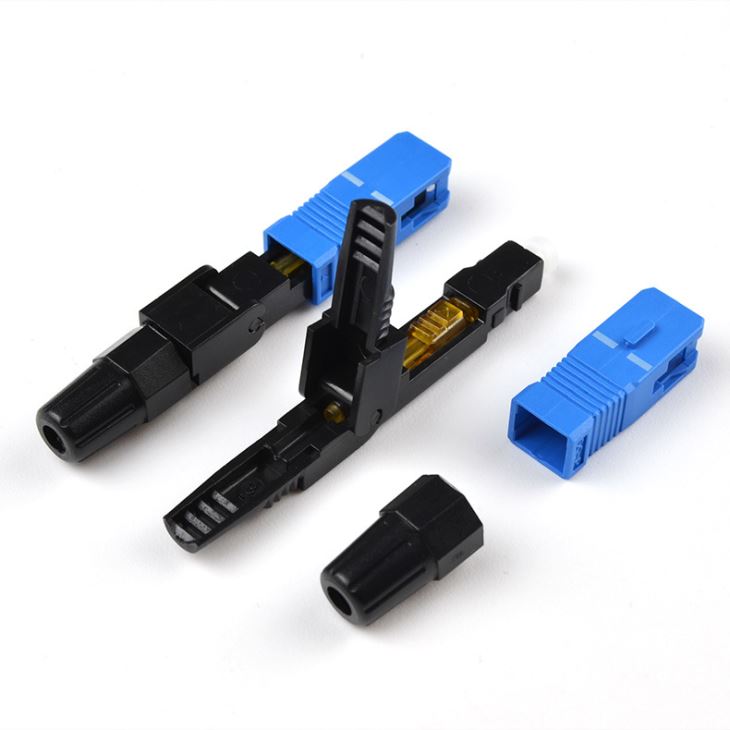
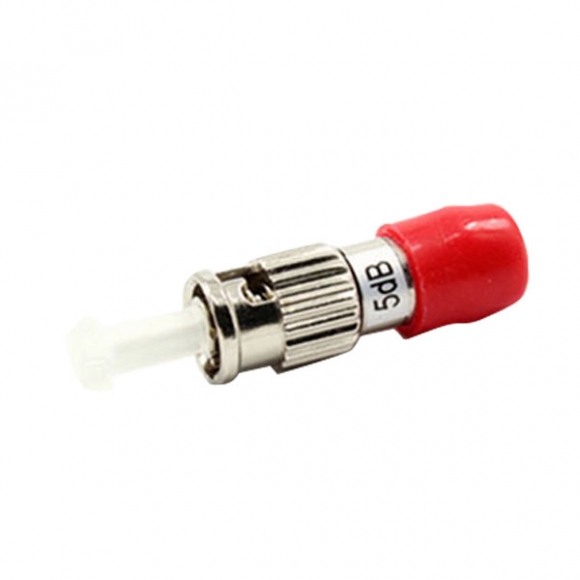
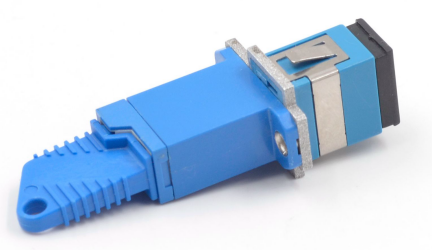
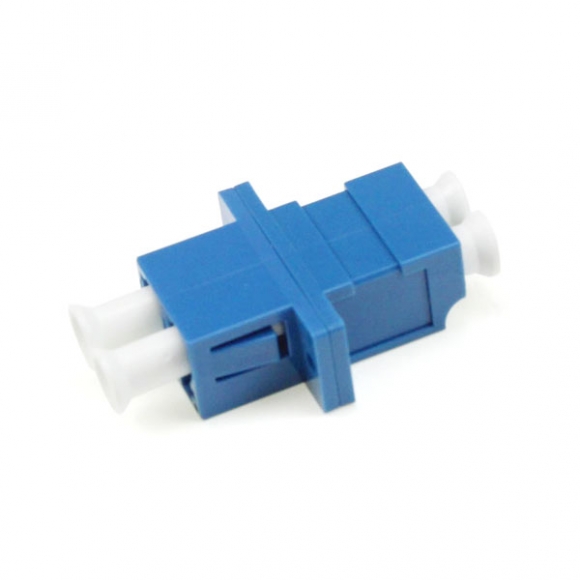

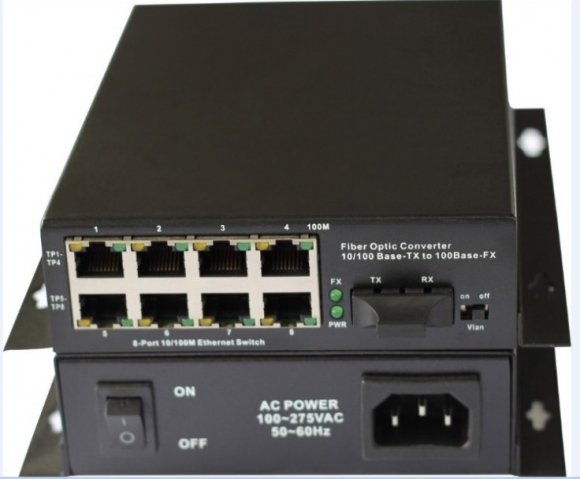

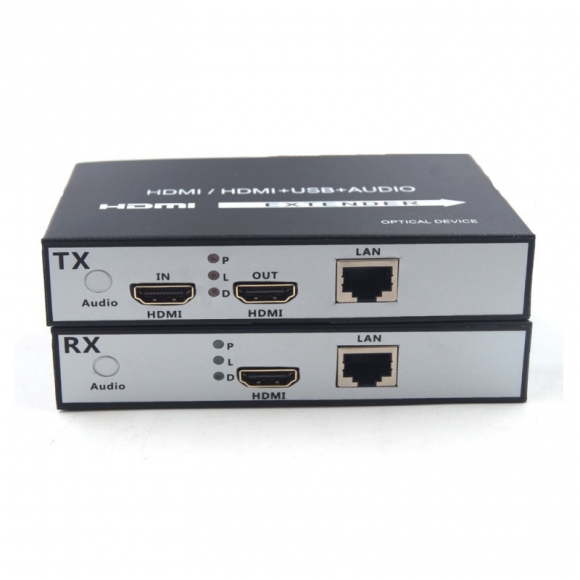
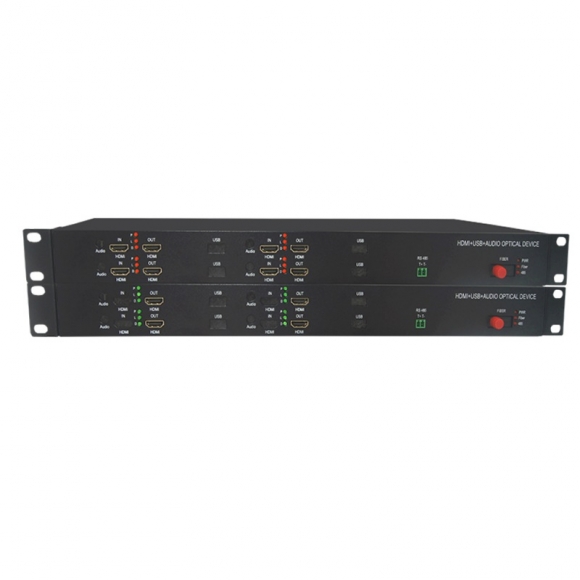

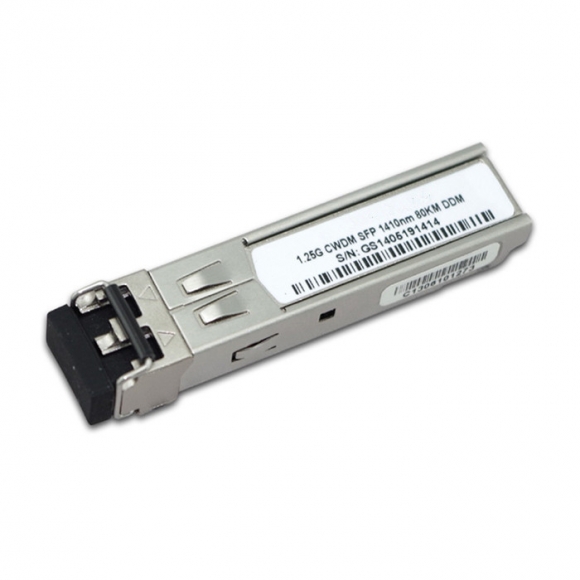


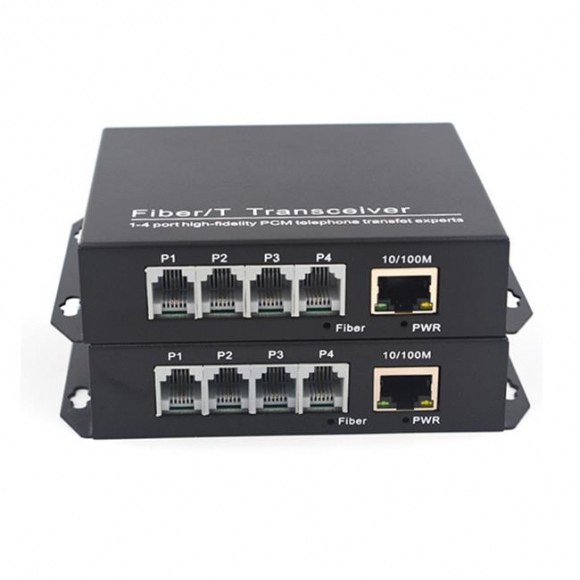
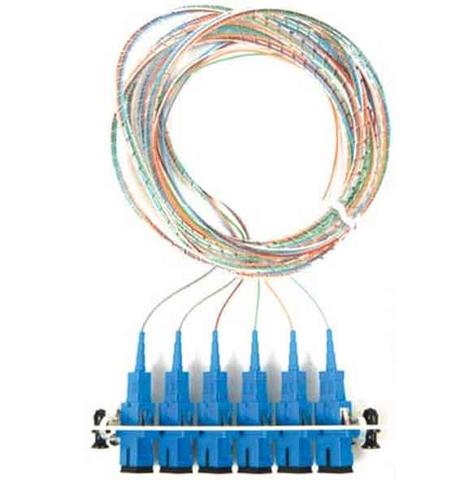
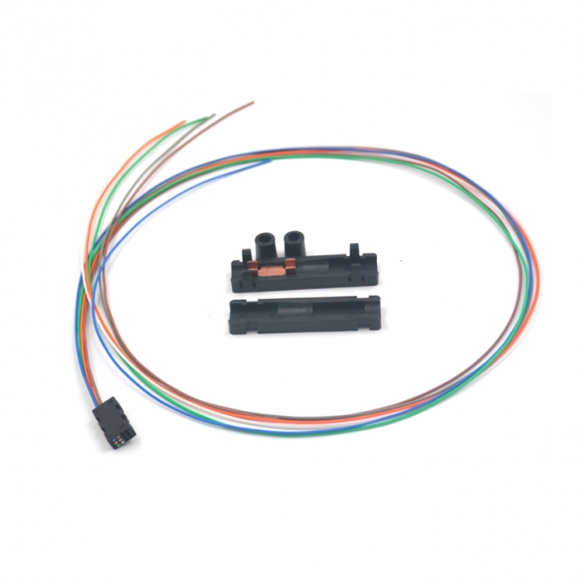


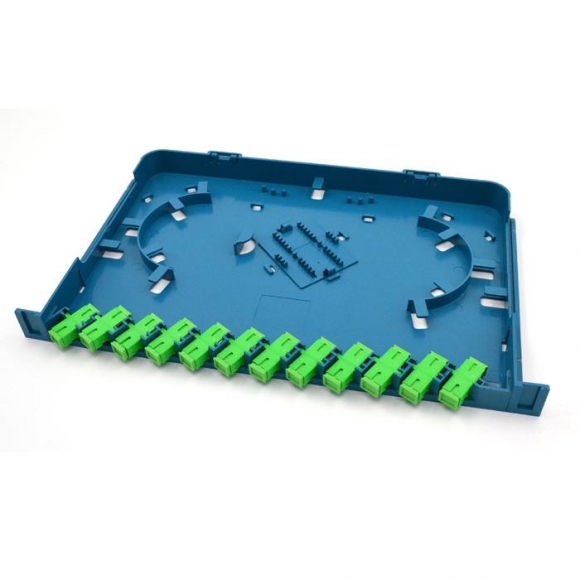
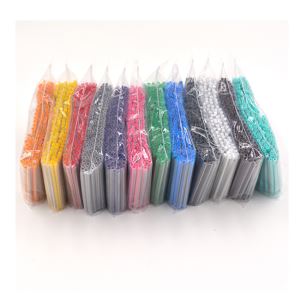

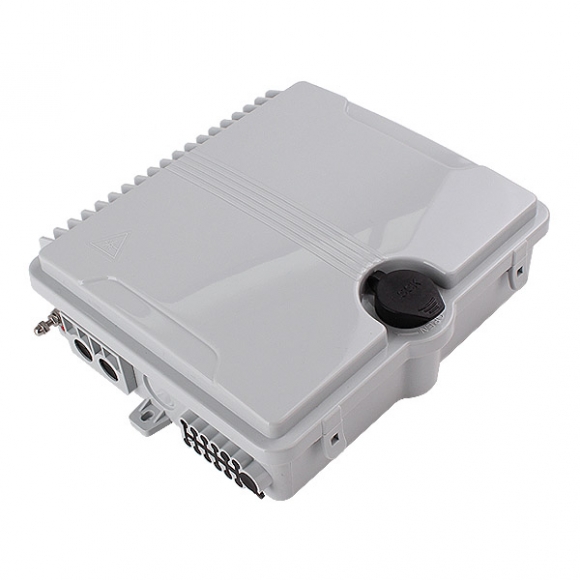

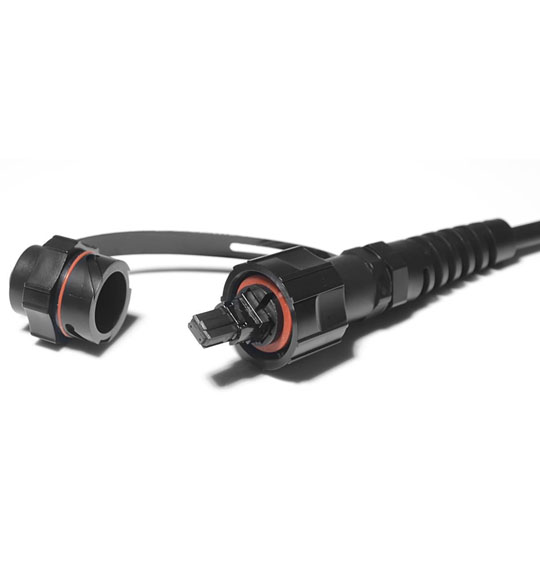
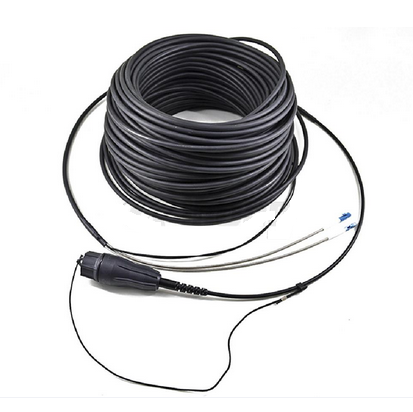

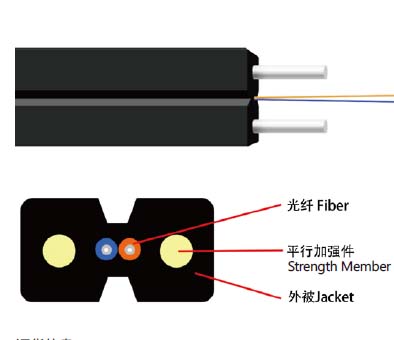
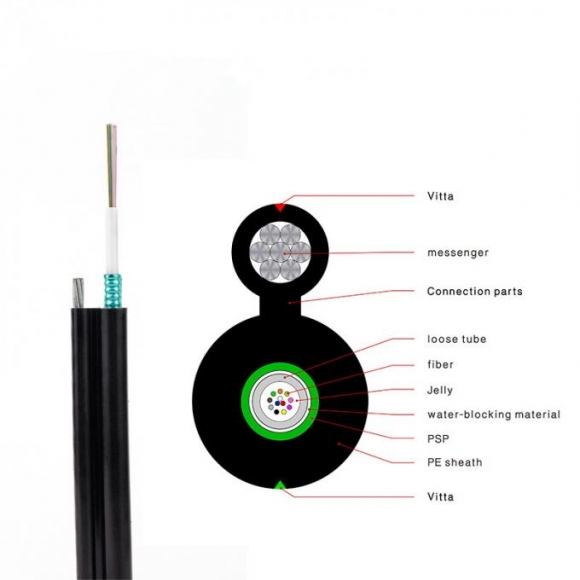
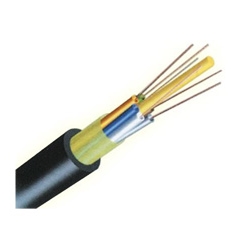
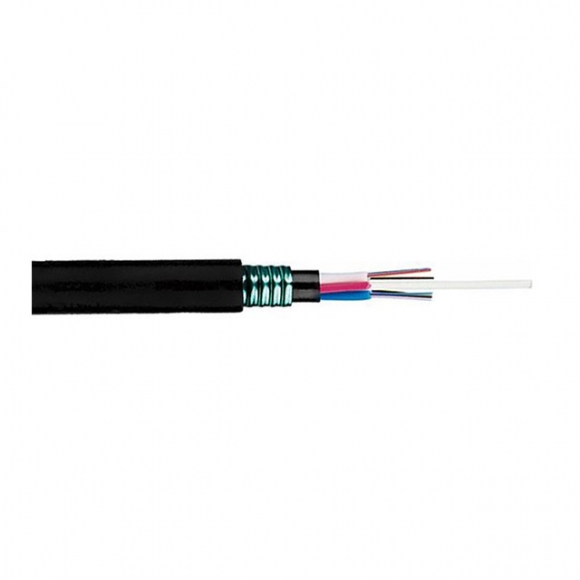
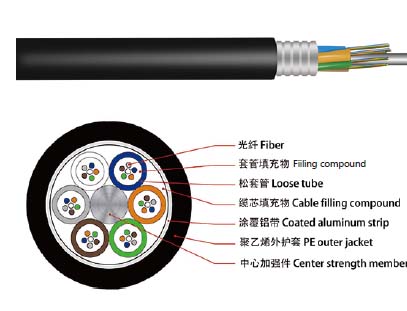
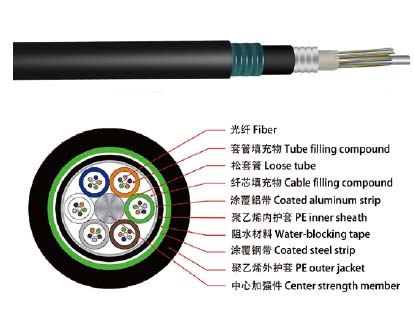

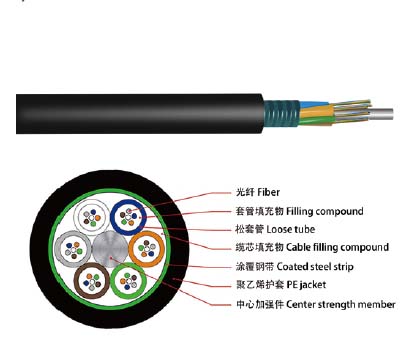
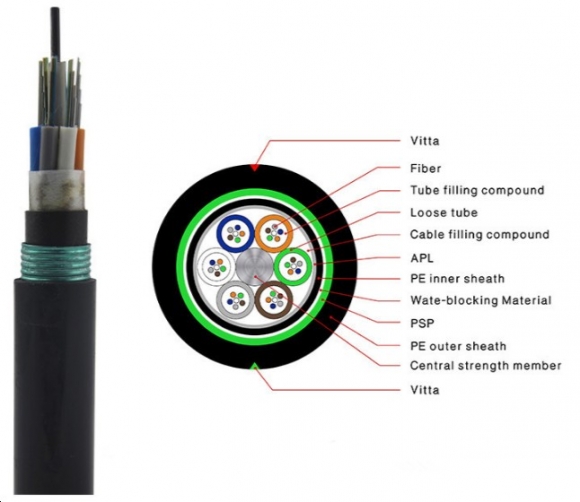
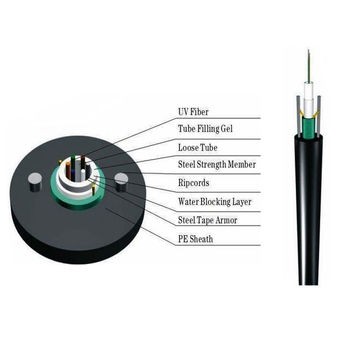
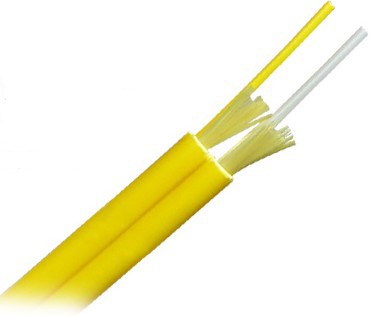
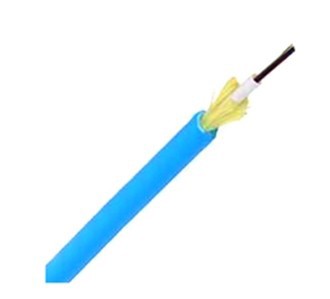


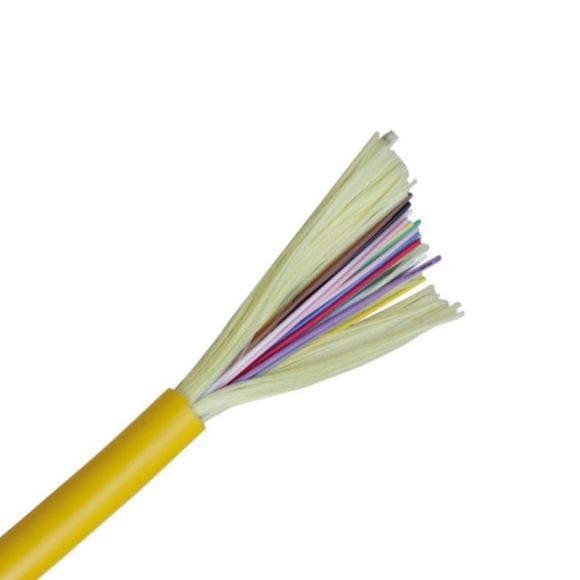
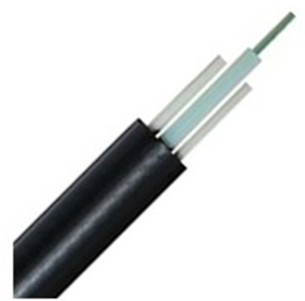
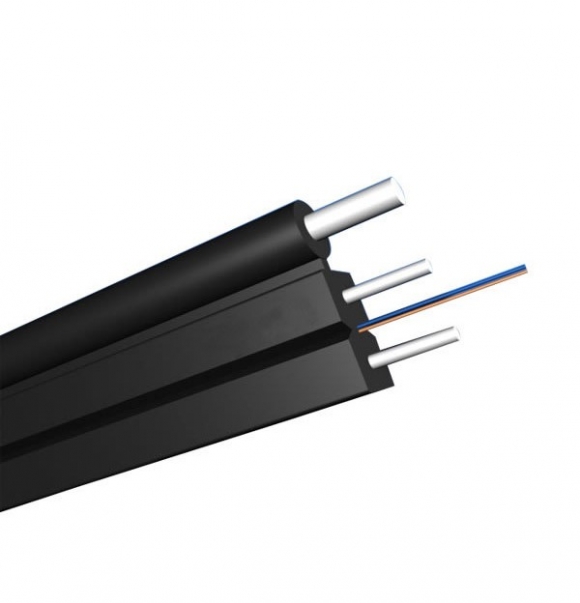
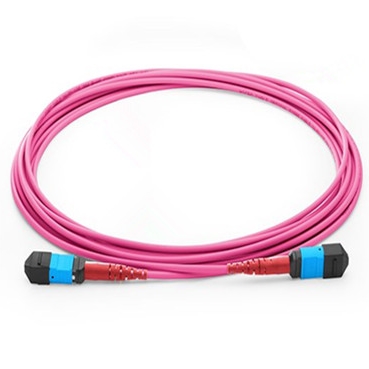

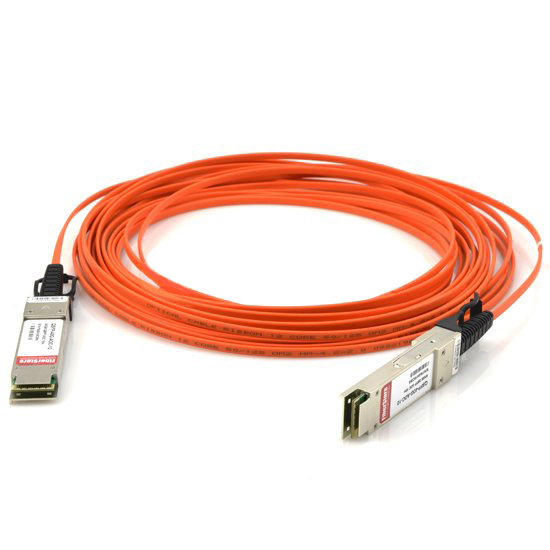


 (0)
(0) (0)
(0) (0)
(0) (0)
(0) (0)
(0)